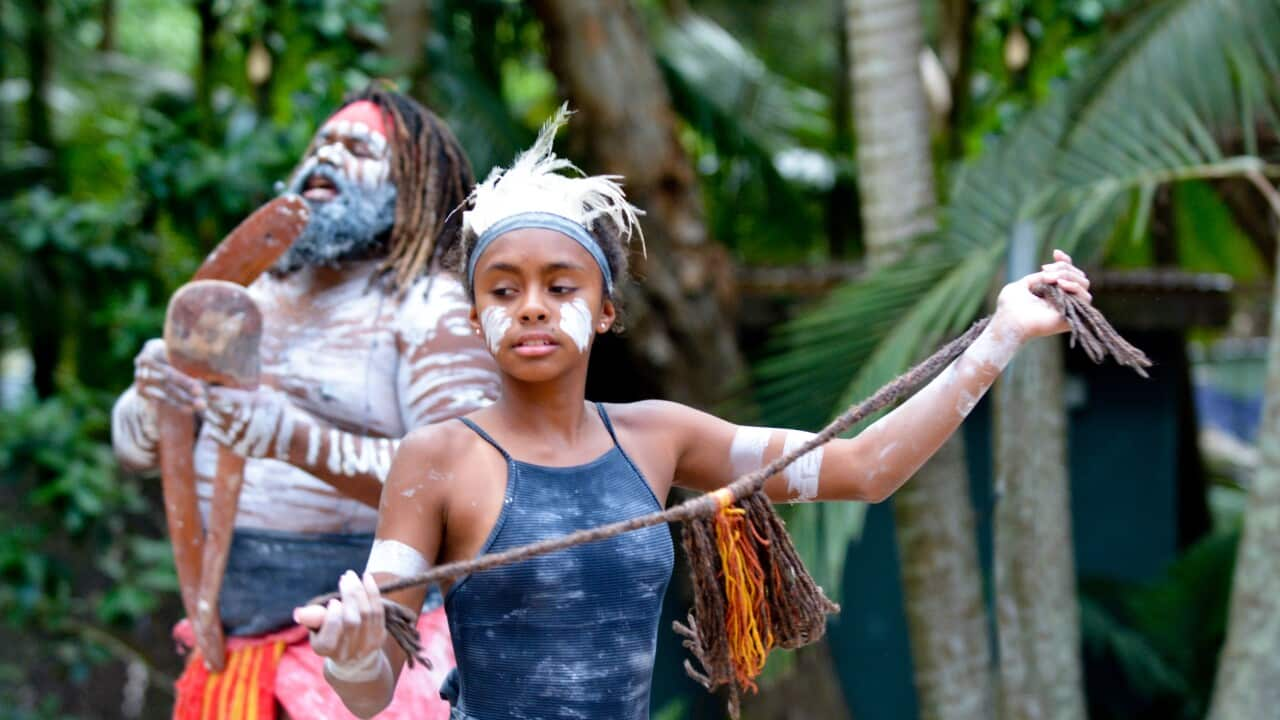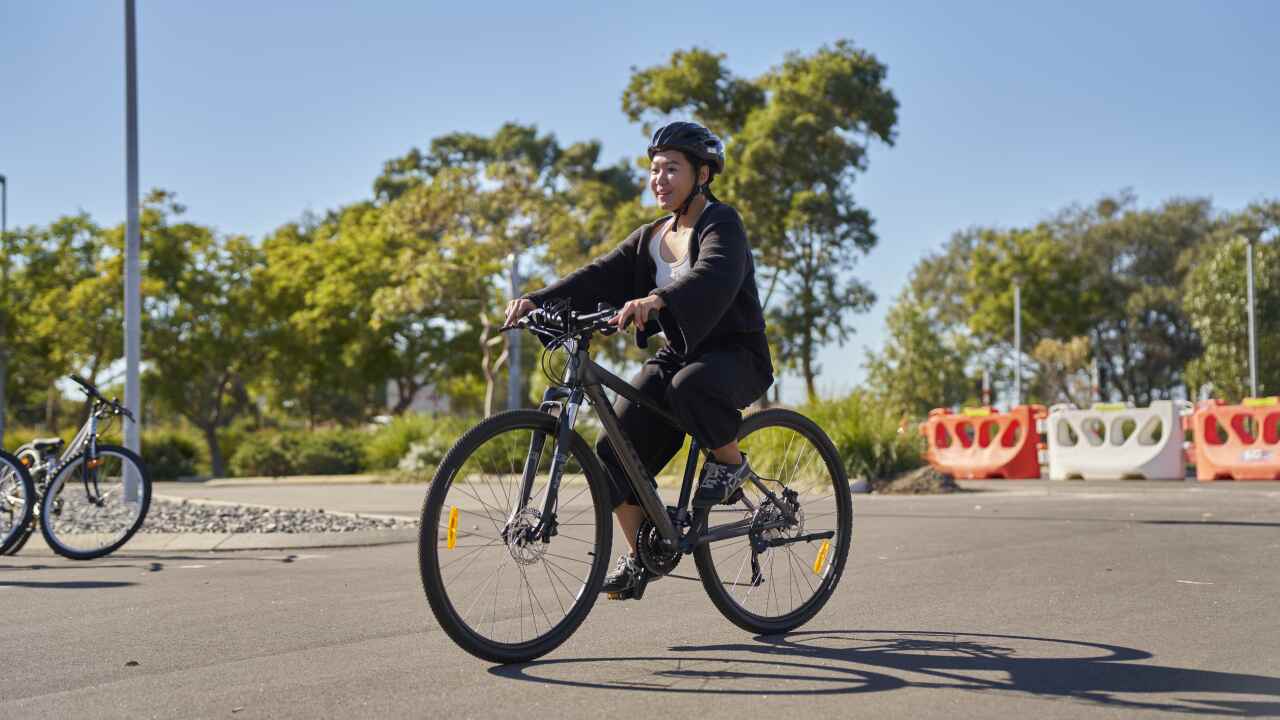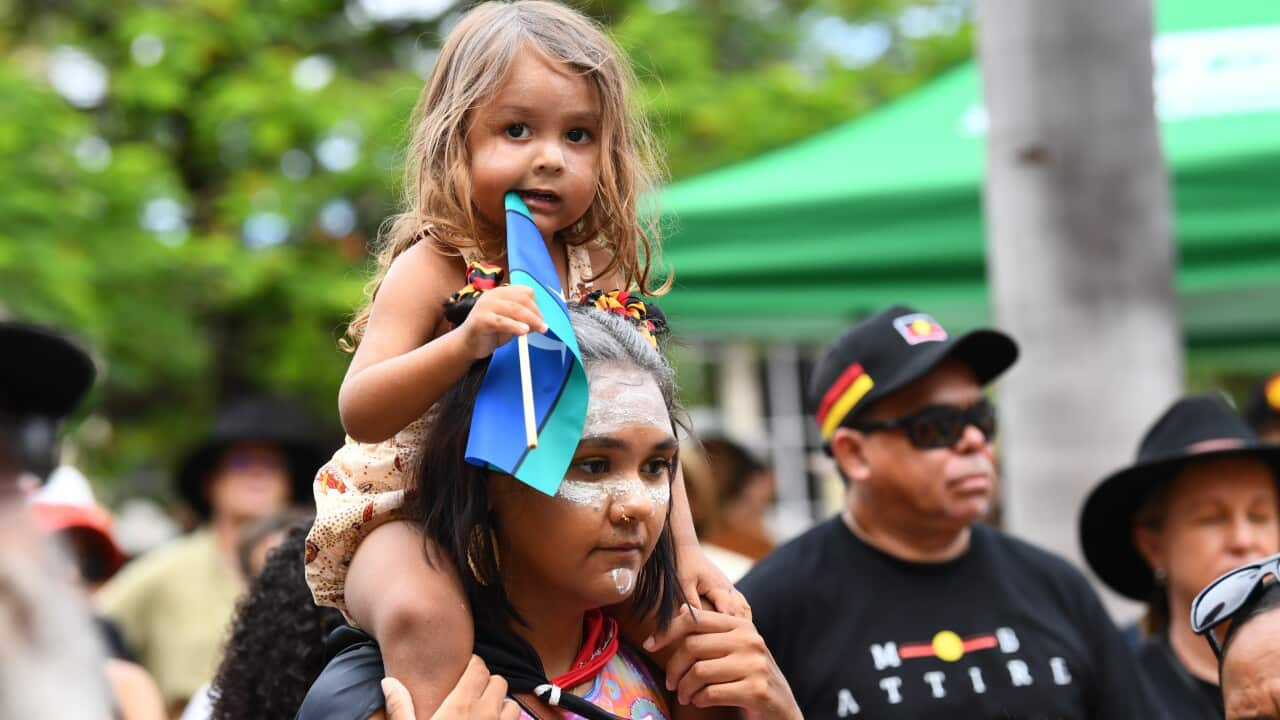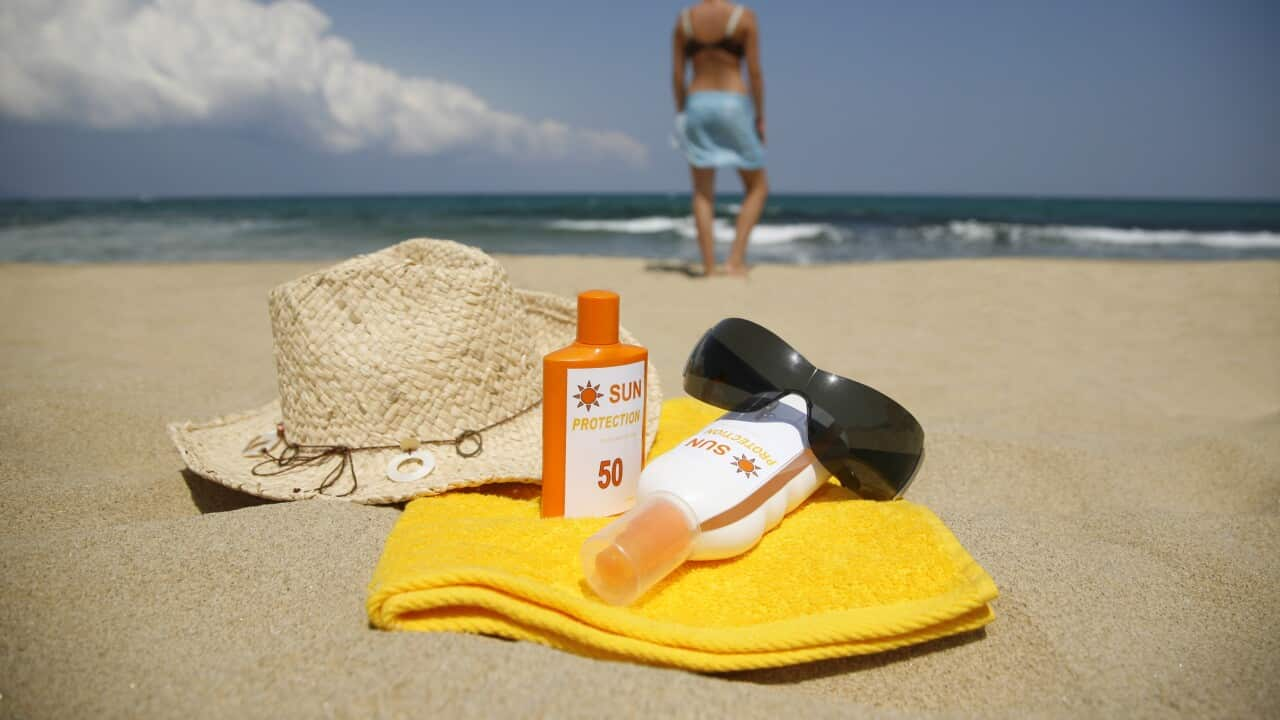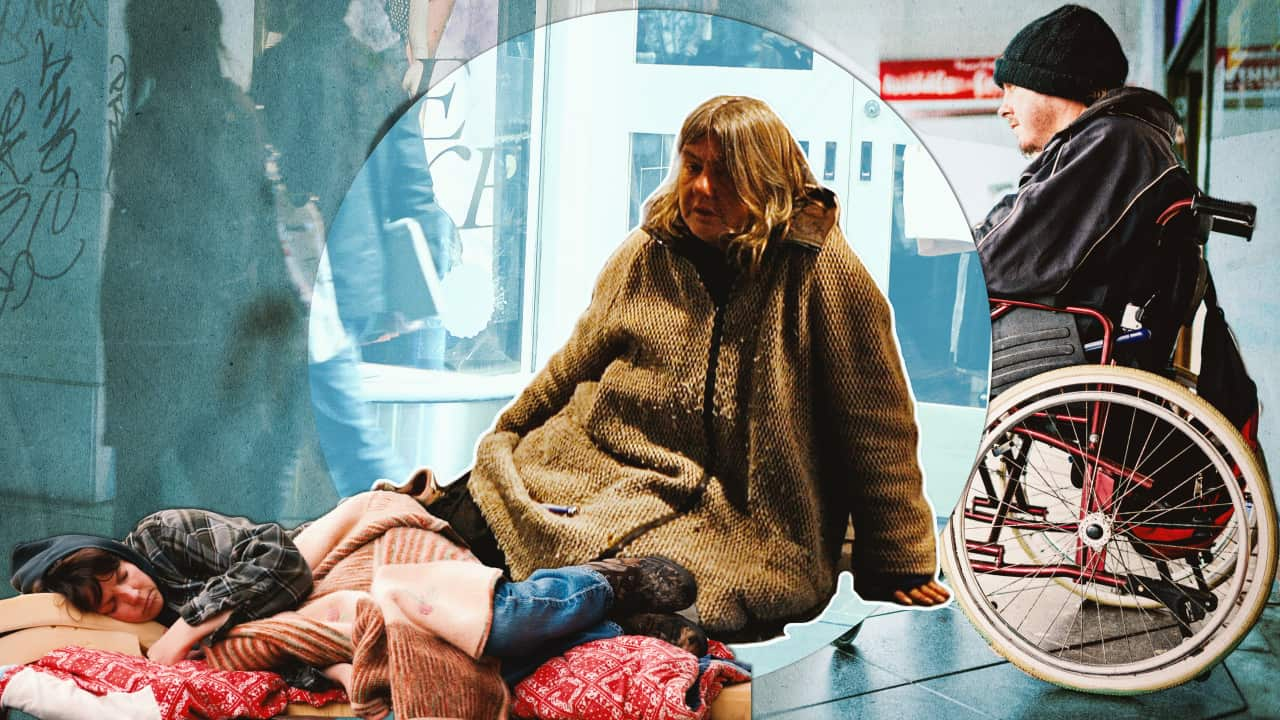Key Points
- For First Nations peoples, health is a holistic concept, a complex interplay of physical, emotional, social, and spiritual well-being.
- Traditional medicine is a mixture of the tangible and spiritual.
- Traditional healers inherit their knowledge and healing abilities from generation to generation.
- Traditional medicine and modern medicine can work hand in hand and offer more culturally sensitive treatment to their issues.
For First Nations peoples, health is more than the absence of disease or illness. It is a holistic concept characterised by the complex interplay of physical, emotional, social, and spiritual aspects of wellbeing.
Thus, Indigenous traditional medicine isn’t solely focused on treating the physical ailments, it also seeks to balance between the various dimensions of well-being.
Dr Alana Gall, a Truwulway woman from the northeast coast of Lutruwita, has been passionate about traditional medicine since she was young.
“Back home, we would always use different natural medicines and all the different practices, so different ceremonies and spirituality were all just big part of my life.”

Dr Alana Gall
She says the terminology "bush medicine", often used interchangeably with traditional medicine, can limit people's understanding of what traditional medicine is.
People tend to think of them as being something physical such as inhaled, topical, or ingested medicines.
However, "our medicine is far more than that," she explains.
“Traditional medicine can encompass healing ceremonies, spiritual medicine, and traditional healers.”
We also see our Country, our lands, as healers as well. So we have a Country of medicine as well. But underpinning all that is what people commonly talk about now, as our ways of knowing, being and doing.Dr Alana Gall
Traditional healers
Debbie Watson is a ngangkari or traditional Aboriginal healer from Pipalyatjara in the Aṉangu Pitjantjatjara Yankunytjatjara (APY) lands in South Australia.
Ngangkari healers help realign the spirit, which they see as the core component of the human body.
"I heal people with my hands. I see inside and feel their energy and what they have inside, and I also work with the spirit."
Ms Watson explains that if the spirit is displaced or blocked, it can cause pain, anxiety, and other symptoms.
"The spirit cannot get hurt," she says.
The ability to heal people is passed down from generation to generation.
Ms Watson comes from a long lineage of healers. She learned the skill from her father as a young girl.
"He taught me to be a healer, a strong healer."

Debbie Watson
The not-for-profit organisation supports and maintains the centuries-old practice while providing healing services to Aboriginal and non-Aboriginal peoples.
Dr Francesca Panzironi is a co-founder and CEO of ANTAC, whose background was in international human rights law.
Her curiosity about Aboriginal traditional medicine and the gap in the literature led the Italian scholar to "dive into the unknown."
After connecting with ngangkaris in South Australia and consulting with the community, Dr Panzironi realized the need for such services to be more readily accessible.

From left, Dr Francesca Panzironi and Debbie Watson
People really wanted them. It wasn’t just a theory. People were feeling better, people needed them.Dr Francesca Panzironi
Today, ANTAC is making traditional healing accessible to the public, from health services to correctional services and any other institutions interested in learning and experiencing it.
While traditional healing does not replace the biomedical model, "it can work hand-in-hand" and offer more culturally sensitive treatment to their issues, says Dr Panzironi.
“It can work hand-in-hand”
Brett Rowling is a descendent of Bungoree and Matora peoples, and an analytical chemist.
He says that traditional medicine and modern medicine, though seemingly opposites, can complement each other, allowing for two different, unique views.
One, it’s our oral story, teachings and morals with the secrets, and the other side is the white fella ways of working, the data and analysis. They’re two polar opposites, but two very complementary ways.Brett Rowling
For example, paracetamol is based on data and analysis of modern science, but traditional medicine, which has been passed down as an oral story, can also work just as effectively, giving two different, but completely views to a single issue.

Brett Rowling
Mr Rowling says its time to “awaken that and show that to people and the world.”
There is so much the world can benefit from this knowledge, says Dr Gall.
“In Australia, we are the oldest continuing culture on this planet. So there are wisdoms that we have, about how to look after the earth, about how to do medicine in ways that we have been doing since forever.,
If we harness that knowledge, then we can make a difference in today's problems, such as antibiotic-resistant strains of microbes, explains Dr Gall.
Modern science can also provide the necessary data and analysis to check the safety of traditional medicines.
Protection of knowledge
However, without proper protection in place for this knowledge, some communities are reluctant to share their knowledge, and in worst-case scenarios, elders pass away, taking that knowledge with them, explains Dr Gall.
“The reality is our knowledge is not protected. That means it is not safe for us to give that knowledge out freely.”
She says pharmaceutical, cosmetic, and agricultural companies can take that knowledge away, commercialise it and profit significantly.
Consequently, the very people who owns this knowledge may not be able to access and benefit from them, which also raises concerns about sustainability, she adds.
Dr Gall’s long-term goal is to have system set in place so that this knowledge can be shared for the benefit of all human planetary health.

